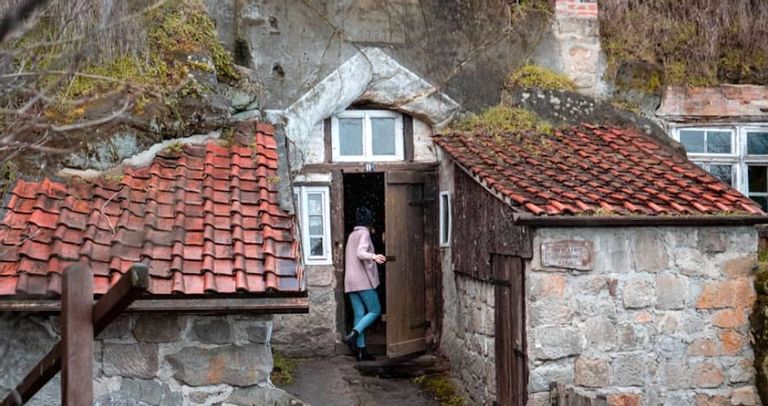Farmers Have Turned Caves Into Wild Homes That Need To Be Seen
One German village has carefully preserved its historical homes. But there is something odd about them. No wood floors, sturdy walls, or traditional roofs can be found. The homes are caves, where generations ago, rural laborers painstakingly carved out rooms from the unforgiving rock. The spaces inside are more spectacular than you might think, though that doesn't mean life in these underground dwellings was always easy.
Once upon a time
One could easily mistake Germany for a real-life fairy tale. It was the homeland of the Brothers Grimm, collectors of stories such as "Snow White" and "Cinderella." Towering castles, continuously repaired over the years, dot the landscape. But, for a long time, the same care did not extend to the homes of families who lived in Langenstein, though they represent an essential chapter in the country's history.
No one left
It's easy to miss the facades of the homes jutting out from the caverns. In 1910, the last resident that resided in these strange and unique homes passed away. With that, the line of cave dwellers ended. Descendants were not allowed ownership of the property and the caves were turned over, becoming the property of the local municipality. But how did these caves ever become homes in the first place?
Within the valley
As you might guess, the families that lived in these rock-walled dwellings were not rich. Far from it. They were farmhands, used to doing lots of work with very little pay. But even in the toughest circumstances, these people found ways to survive.
Industry boost
It all began in 1855 when industrialization had turned Germany into the largest economy in all of Europe. It was not all great and prosperous times for everyone. Rural, low-income residents were filled with uncertainty. Unemployment and land seizures made things even worse for them, especially those who had children.

